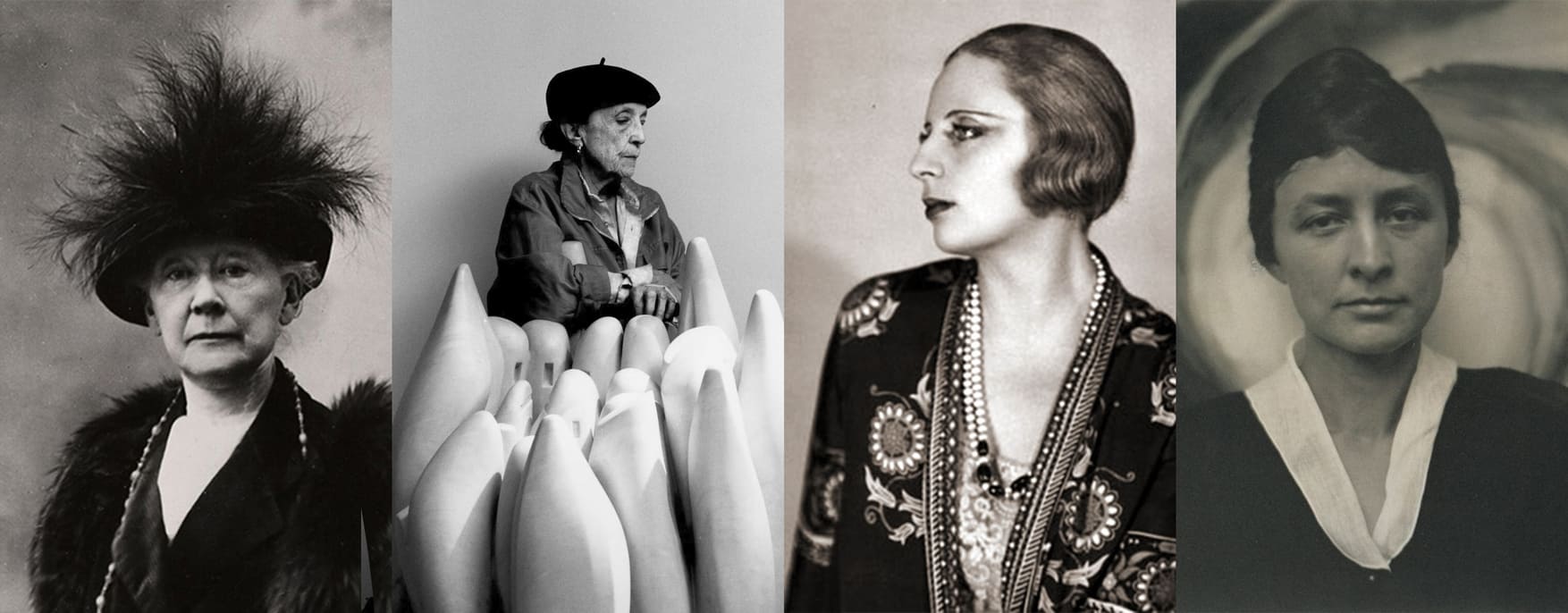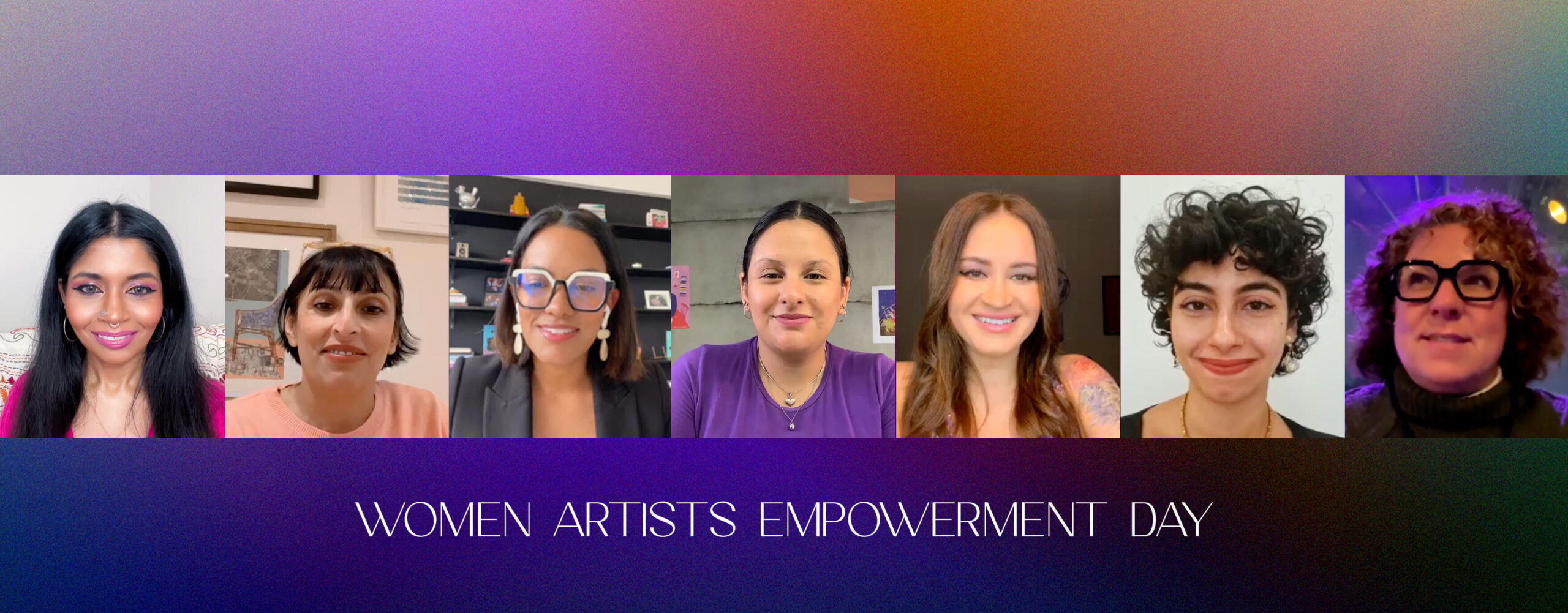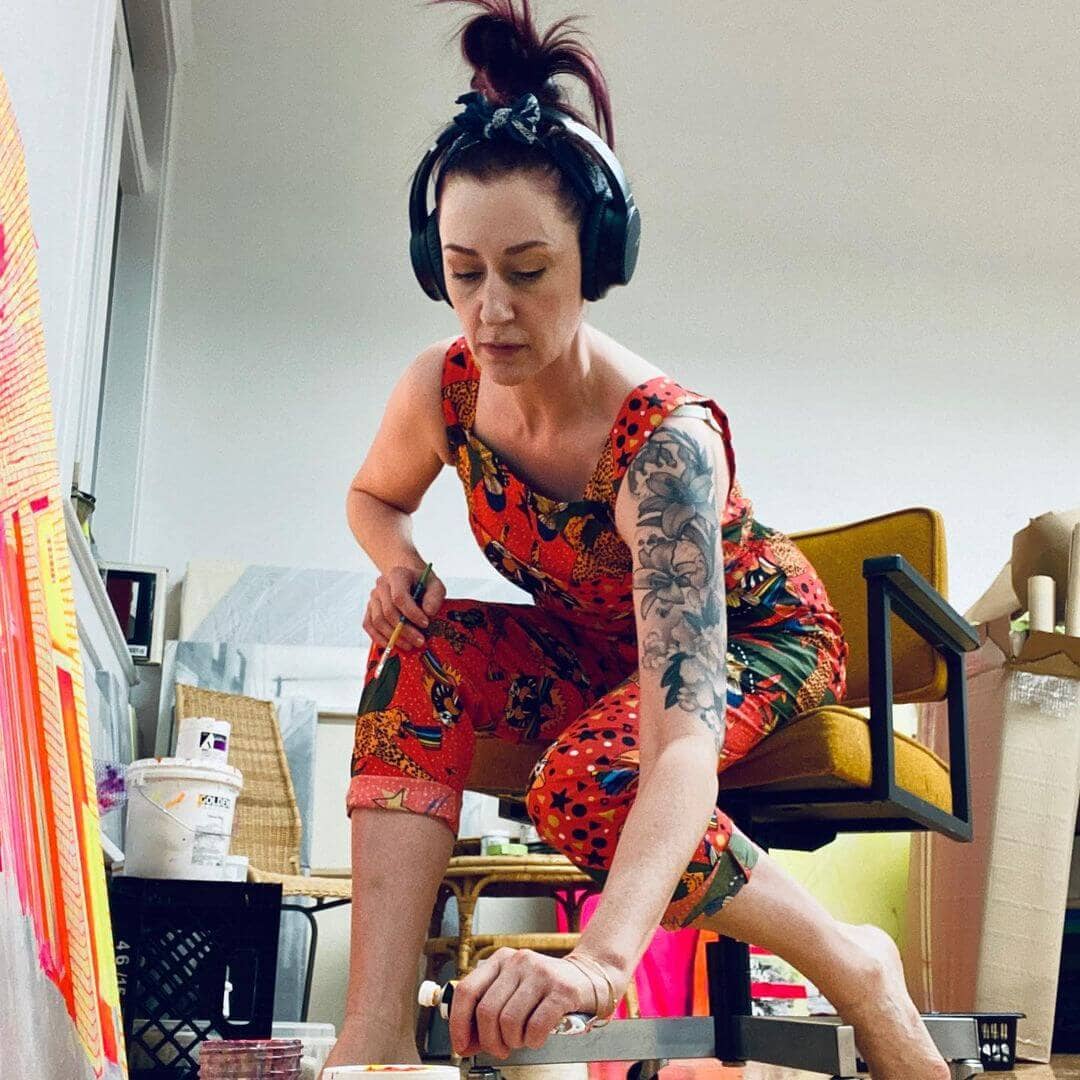Just as we celebrate and recognize the spaces created by today’s women artists, it’s necessary to go back in time and give a nod to those who came before. Every great artist today was preceded by women who redefined the art world, by breaking boundaries with their creations and their message.
Think about it, not only did their work sparked new genres and eras in art, but their mere existence as women who expressed their opinions challenged art institutions and shattered gender roles.
These women opened the path for many more. It’s impossible to summarize the impact of women creators in just one list, remember the words of writer Virginia Woolf: “for most of history, anonymous was a woman”.
Here’s to those who made history, to those whose names history forgot, and those making history every day.
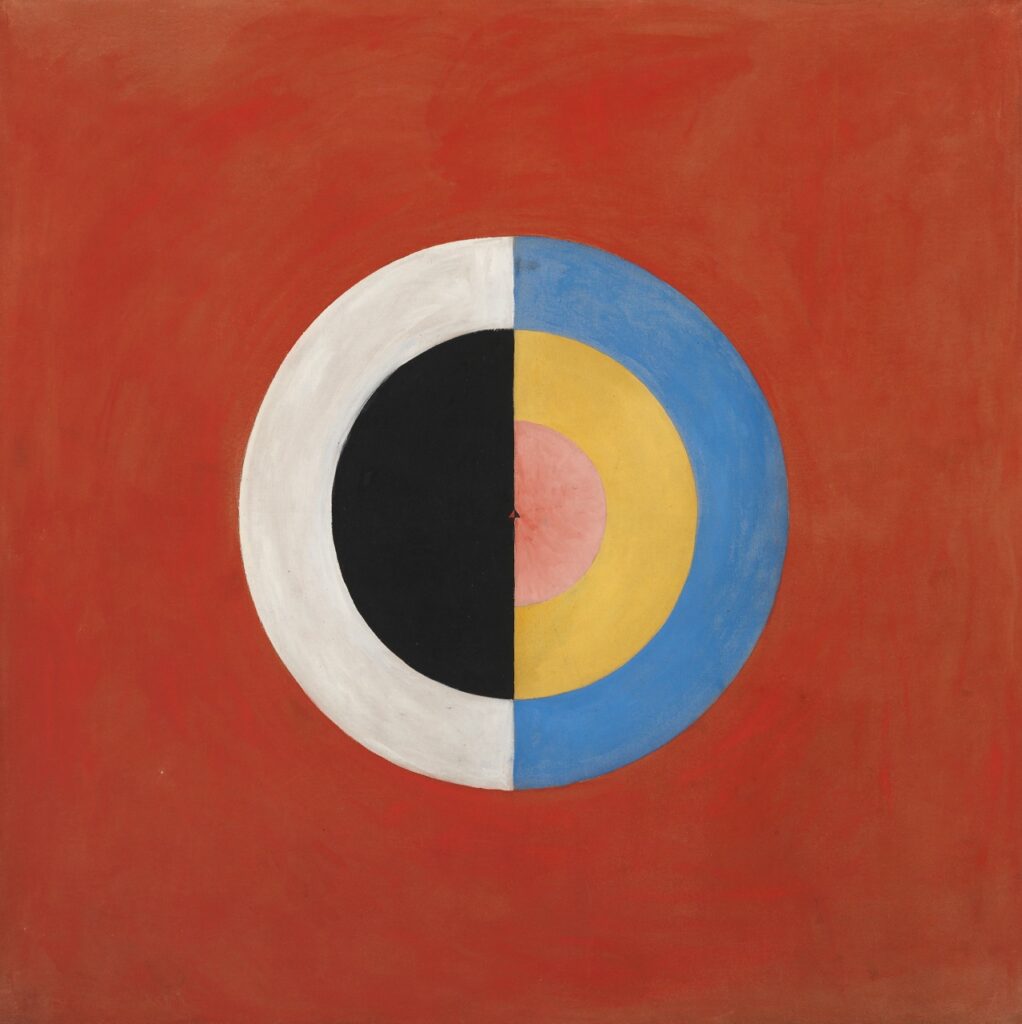
Contents
The first abstract painter: Hilma af Klint
If there was a woman in charge of her own narrative that was Hilma af Klint (1862 – 1944). She was a Swedish artist known for her commercial pieces like portraits and landscapes, but hidden in her studio there was a collection of pieces that would redefine the way we tell history, specially, the birth of abstract art.
By her own words and under her signature, she saw these abstract paintings as something the world was not prepared to see yet. Her will explicitly specified to wait twenty years after her death to exhibit her artworks. Her first exhibition was in 1986, when her pieces were shown in the Los Angeles County Museum of Art, with the show “The Spiritual in Art: Abstract Painting 1890-1985. That’s the turning point, she was no longer “unknown”, she was now an object of study as the first of all abstract painters.
Even though Wassily Kandinsky is regarded as the father of abstract art, af Klints work predates his. Nearly a decade before Kandisnky plunged into abstraction, Hilma was already creating what came to be known as one of the biggest art catalogs of this genre.
Hilma af Klint regarded herself as a channel for the expression of a rich spiritual world. Her work is filled with symbolism. It’s playful and has a thoughtful use of color and organic elements that were the product of letting her hands move and paint beyond her will.
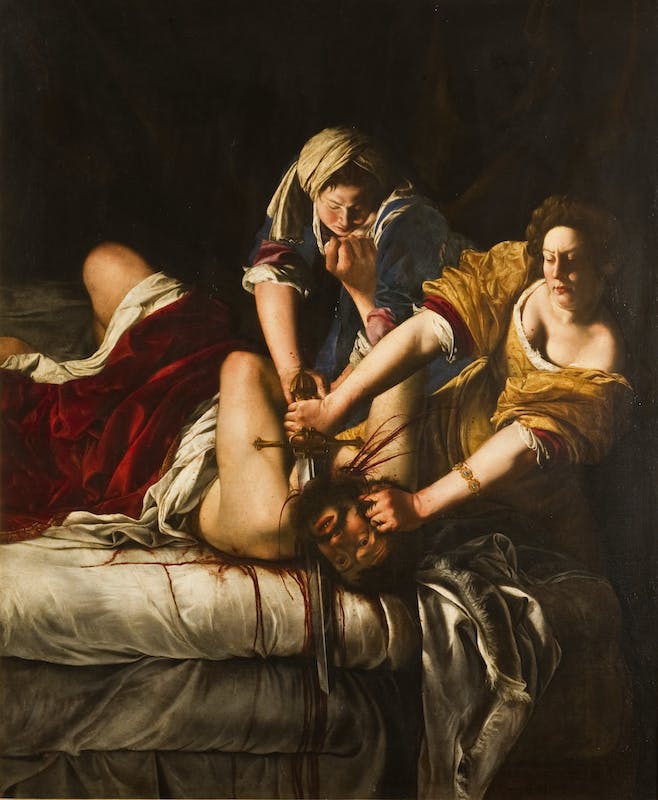
Welcome to the baroque: Artemisia Gentileschi
Caravaggio might as well be the best known painter from her era, but Artemisia Gentileschi built a name for herself and pieces that standed the passing of time.
With her own father being a painter, she was influenced by the art world from a young age. Her early experimentations denoted not only talent but a particular perspective.
Her large-scale realistic paintings usually capture scenes from the bible and popular myths, they showcase women in positions of power. Many of her pieces like “Sussanna and the elders” and “Judith Beheading Holofernes” are considered staple feminist masterpieces today.
Her pieces also reflected a technique built upon the depth of her color work, the realistic depiction of the female form and a particular use of light and shadow.
She was the first woman ever accepted to the Fine Art Academy in Florence.
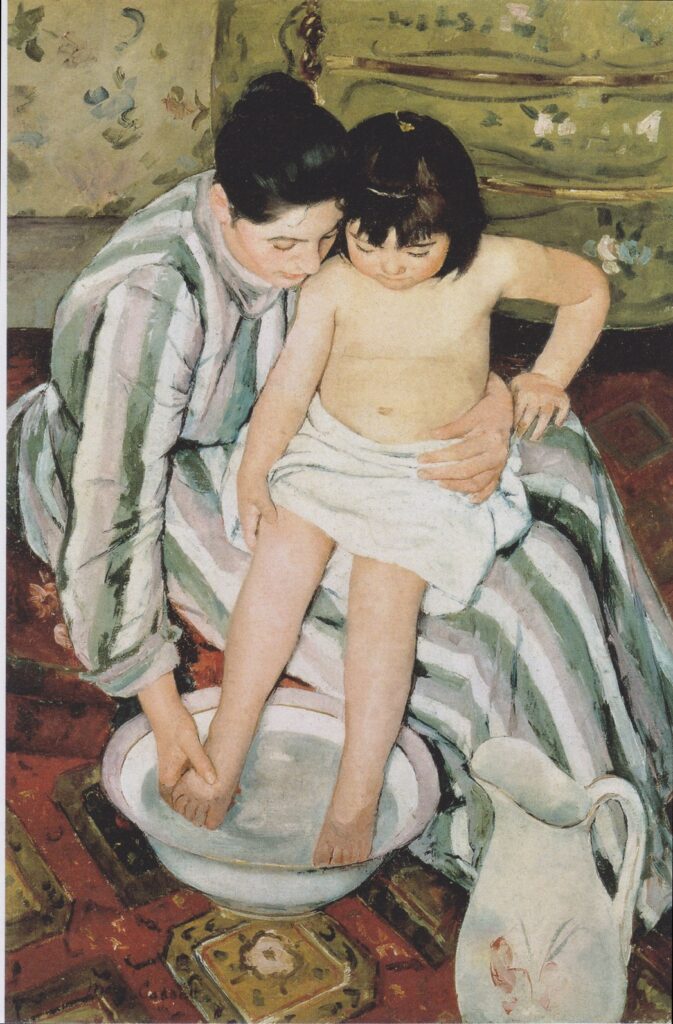
Mary Cassatt and impressionism
Mary Cassatt is recognized as the artist who introduced the impressionist movement to the general American public. When the impressionist took over Paris, she was one of the three women artists who exhibited along with them.
Born into a wealthy family, being an artist was not the “proper” path for Cassatt to follow, but that wasn’t going to stop her. When the Pennsylvania Academy of Artists refused her access to attend drawing sessions with live models just for being a woman, she moved to France to master her craft. Her paintings are characterized by her soft light work achieved through the use of pastels.
The main focus of her work was the private life of women, intimate and fleeting scenes that usually happen behind closed doors, like the relationship between a mother and her child. She wanted to capture “modern life”. The male gaze is represented as such, a pair of eyes looking at the woman taking the center stage.
Cassatt was a suffragist and an outspoken artist who raised her voice to highlight the bias on how man and woman creators were seen, treated, and the opportunities they had. She spoke against a system that practically obliged female artists to have a male patron of the arts to open the doors for her.
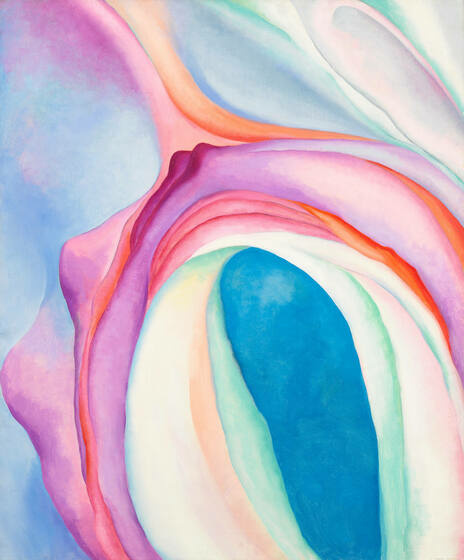
The modernist eye of Georgia O’Keeffe
Known to many as the “Mother of American Modernism”, Georgia O’Keeffe spent a great part of her career reclaiming and preserving her own narrative. She wished to be seen as solely an artist, freed from the gaze that societal gender norms pushed over her artworks.
She was part of the generation that created art for art’s sake. She took this idea as her leit motiv, and dived into challenging experimentations with abstract art and the paths it opened to express herself, this led her not only to be a pioneer in this genre of art but also one of the most renowned artists of our time.
Her most famous works capture New Mexico (the place she decided to call home) landscapes and flowers that were interpreted as a representation of female sensuality and genitalia by critics. An opinion O’Keeffe debunked over and over again. She refused to be defined by others, she challenged tradition as a woman and as a creator and her powerful message can be seen directly on each one of her pieces.
She was a seminal figure in American Modernism and powered its growth as an answer to realism.
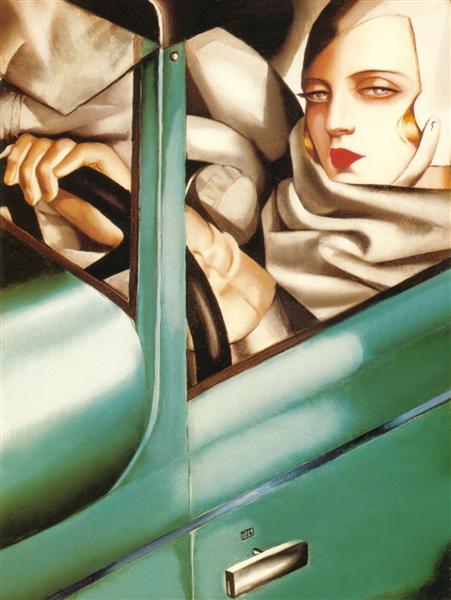
The Art Deco era from Tamara de Lempicka’s perspective
When talking about Art Deco, it is impossible to overlook the work of Polish artist Tamara de Lempicka (1898 – 1988).
Her paintings tended to raise some eyebrows because they exuded a feel of determination and independence. She captured desire and seduction from a female perspective and with a modern look.
Her work involves self portraits and portraits of women under highly stylized views that capture the feeling of female liberation that came along with the roaring 20s. “The Baroness with a Brush”, as she was known in art circles, was unapologetically her, both in words and images. In her life and in the canvas she represented femininity, power, independence and sensuality, a groundbreaking mix for her times.
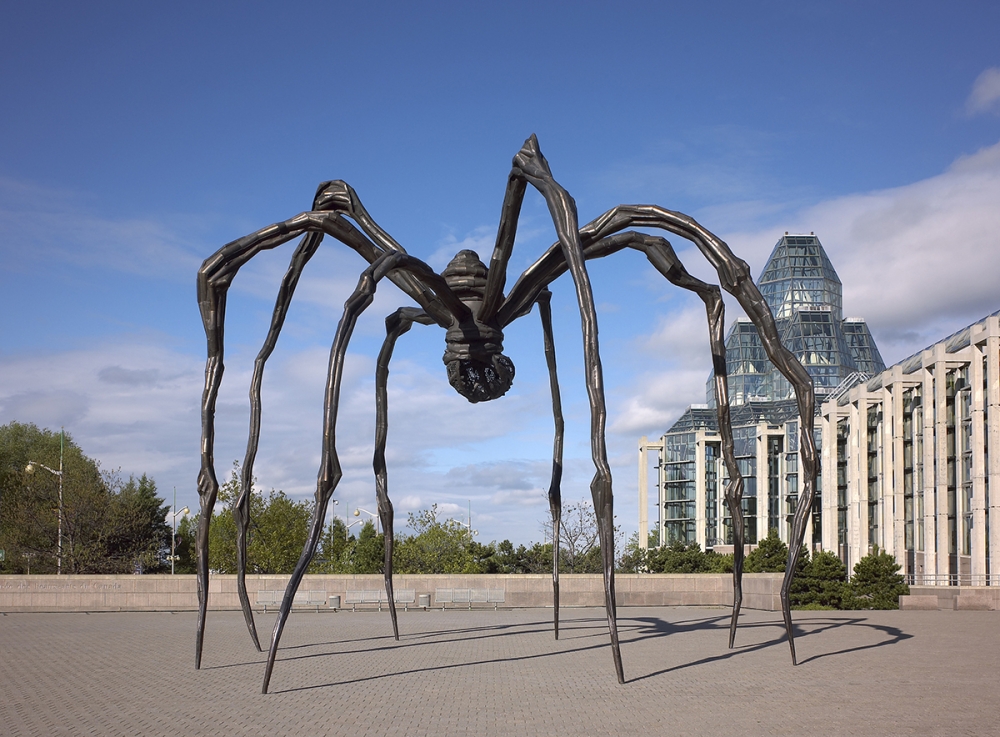
Louise Bourgeois: surrealism and expressionism
There is a precise point where Abstract Expressionism and Surrealism meet, and that’s right under the shadow of one of Louise Bourgeois large spider sculptures.
This french-american artist explored the irregular boundaries of trauma, domesticity, loneliness, sexuality, death, jealousy, anger, and everything that hides in the darkest corners of the mind, sometimes letting her inner child take the reins.
She came from a family that worked in the tapestry repair business, but her work knows no limits when it comes to mediums. She experimented with fabrics, wires and others to create everything from the well-known Spider sculptures to many other figures.
Known as one of the great contemporary artists in history, she cannot be put under just one label, her large-scale sculptures might be one of the most recognizable pieces but she built a career where variety and experimentation was the norm, also working with paintings and print-making.
Now that you have met or revisited the work of these groundbreaking women, we want to hear from you. Share your thoughts on the work of women who broke the glass ceiling in the art world and the impact they had on you with #WomenArtistsCreate.
